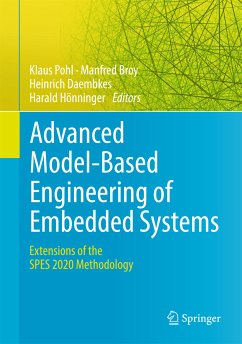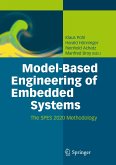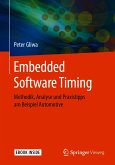The book is structured into four parts:
Part I "Starting Situation" discusses the status quo of the development of embedded systems with specific focus on model-based engineering and summarizes key challenges emerging from industrial practice.
Part II "Modeling Theory" introduces the SPES XT modeling framework and explains the core underlying principles.
Part III "Application of the SPES XT Framework" describes the application of the SPES XT modeling framework and how it addresses major industrial challenges.
Part IV "Evaluation and Technology Transfer" assess the impact of the SPES XT modeling framework and includes various exemplary applications from automation, automotive, and avionics.
Overall, the SPES XT modeling framework offers a seamless model-based engineering approach. It addresses core challenges faced during the engineering of embedded systems. Among others, it offers aligned and integrated techniques for the early validation of engineering artefacts (including requirements and functional and technical designs), the management of product variants and their variability, modular safety assurance and deployment of embedded software.
Dieser Download kann aus rechtlichen Gründen nur mit Rechnungsadresse in A, B, BG, CY, CZ, D, DK, EW, E, FIN, F, GR, HR, H, IRL, I, LT, L, LR, M, NL, PL, P, R, S, SLO, SK ausgeliefert werden.









